Art
Photographer Germaine Krull Captured 1920s Women in Intimate, Radical Images
In 1922, the photographer landed, tired and ill, in Berlin, after being expelled from the Soviet Union. U.S.S.R. authorities had accused her of harboring anti-Bolshevik sentiments, imprisoned her, and forced her to endure a fake execution. Her lover, Samuel Levit, had traveled with her to Moscow, but eventually abandoned her.
When Krull arrived in Berlin, the city was enjoying a creative renaissance, thanks to the rise of painting, design, Jungian philosophy, and Langian film. Krull’s new city matched her bohemian nature; she was the embodiment of the neue frau, or a modern, independent woman who challenged the traditional demarcation of gender roles.
“In that period, I wanted to make something new; I thought of taking some blatant photographs, perhaps galant,” Krull reflected in her memoirs, referring to “galanterie,” an elegant Enlightenment aesthetic with erotic connotations.
After a stop-start career put on hold with her arrest by the U.S.S.R.’s secret police, Krull’s years in Berlin and then Paris offered a creative reawakening. Krull’s practice was as restive as her spirit: She used her portable Icarette camera to take double exposures of bustling cities; dizzying, abstracted photos of industrial structures; and loosely narrative, salacious same-sex nude scenes that entirely ignored the viewer’s gaze.
Along with her work in fashion, photojournalism, and advertising, Krull became a leading figure of the experimental New Vision (or Neue Optik) movement founded by and . Yet like many women photographers of the 20th century (including her contemporaries and ), Krull has not received the acclaim of her male counterparts, such as and . A 2015 exhibition at Jeu de Paume in Paris and its accompanying book rightfully positioned her as a pioneer of the modern photo essay and photo book, and as a visionary of the avant-garde.
The gentle curves of skin
Krull was constantly in motion, from her nomadic childhood to her later sojourns around Europe, Africa, and Asia. Born in East Prussia in 1897, her family eventually settled in Munich in 1912, where she studied photography and opened her own portrait studio in 1919.
Krull’s social circle included artists and intellectuals linked with left-wing politics. One was Kurt Eisner, who became the prime minister of the brief and unrecognized People’s State of Bavaria during the German Revolution. Eisner was assassinated the year Krull found her footing with her portrait studio. The next year, the photographer was exiled from Munich for smuggling Communists across the German-Austrian border.
With her studio work on hold, Krull made her way with Levit, her lover, to Moscow, where she heard Vladimir Lenin and Leon Trotsky speak. Including her time imprisoned, she remained in the U.S.S.R. for a year before she was ultimately expelled.
Berlin offered recovery and revitalization for Krull, who was traumatized by her experience abroad. She found familiarity in a new role managing a photography studio, and began a series of nude studies and self-portraits. She often photographed her sister Berthe, her friend Freia, and a third woman whose name remains unknown.
Between 1922 and 1924, Krull published two portfolios of work, “Atke” (“Nudes”) and “Les Amies” (“Girlfriends”): the former a playful collection of sultry poses, and the latter an explicit series of a lesbian encounter. Though Berlin was a progressive city, Krull’s work teetered on the city’s legal line between obscenity and art. At the time, hundreds of thousands of postcard-sized erotic images were clandestinely traded in Germany; as Clare I. Rogan notes in the book The New Woman International (2011), Krull deliberately chose a print-size, canvas-textured cream paper to differentiate her images as a higher art form.
In “Les Amies,” Krull toyed with masculine and feminine expression as she highlighted the women’s various states of dress. In some images, one woman wears tailored shorts and a dress shirt (a common sartorial statement for a neue frau), the other a negligee. In other images, they are stripped down to their stockings, a tangle of limbs on a daybed, sometimes appearing joined as a single form.
Though the racy photos play on fantasies, the women never invite the viewer into the scene, Rogan points out. “Seizing a role previously allowed only to men, Krull photographed explicit sexual material yet posed her models in ways that curiously frustrate the expectations of the male gaze and of the genre of erotic or pornographic material,” Rogan writes.
As for her own sexual proclivities, Krull documented multiple relationships with men and described a single affair with a married woman, Elsa. Their relationship continued after Krull left Berlin for Amsterdam, then Paris in 1926. She even kept in touch with Elsa as she began seeing Dutch filmmaker Joris Ivens, whom she eventually married.
“I never loved a woman, but with Elsa the joy of feeling together was great; she too never left my side,” Krull wrote in her memoirs. “We would have laughed if someone had described us as lesbians; Elsa was so profoundly mine that the physical issue did not count, it had very little importance.”
The unyielding curves of metal
In Paris, Krull ensconced herself in a new scene as she found regular commissions in fashion, editorial, and advertising. She worked for the fabric designer , shot campaigns for couturier , and made a breakthrough as she began working for the nascent weekly French magazine VU.
VU, whose contributors included Man Ray, Kertész, , and , was the first magazine to publish photo essays, setting the framework for the future of photojournalism. The periodical launched in 1928, and Krull was hired to contribute to its inaugural pages, which took design notes from the bold block lettering of propaganda-inspired aesthetics.
Krull shared a visual kinship with VU’s art director and publisher Lucien Vogel, who had worked with American publisher Condé Nast to co-launch French Vogue a few years prior. Vogel appreciated Krull’s idiosyncratic eye.
Krull wrote in her autobiography that Vogel sent her to photograph the Eiffel Tower: “Photograph it as you really see it, and make sure that you don’t bring me a postcard view,” he said.
Krull returned with views of sloping, criss-crossing iron that rendered a world-famous landmark nearly unrecognizable. Climbing the tower, she saw from different vantage points that what she had initially called a “dead old form” could transform into a strange, vibrant, curvilinear sculpture. VU published the images and, in 1928, Krull included them in her landmark photo book Métal. Métal surveyed cranes, bridges, and architecture from cities including Rotterdam and Marseille, often in abstracted explosions of light, shadow, and form. Krull’s architectural images were groundbreaking in more than one way: The theme was, traditionally, a “masculine” subject.
Though Krull found overlap with the in her sensibility, even publishing in the affiliated Belgian magazine Variétés, she wouldn’t find true solidarity until she participated in the exhibition “Film und Foto” (or “Fifo” for short), which opened in Stuttgart in 1929. The show initiated the New Vision movement, which prized experimentation in technique and perspective. Along with Krull’s idiosyncratic perspective, she also toyed with photomontage, cutting up negatives and overlaying them to create complex city scenes.
“Germaine, you and I are the greatest photographers of our time, I in the old sense [and] you in the modern one,” Man Ray once told her.
As she continued establishing herself as a major photographic talent, Krull also traveled for adventure and advocacy. After publishing a handful of photo books in Paris, including 100 x Paris (1929) and Le Valois (1930), she moved to Monte Carlo in the years leading up to World War II, then joined the Free French Forces in Africa as both an activist and photojournalist. Following the war, Krull continued to work as a correspondent in Bangkok while taking on a new role as the co-owner of the Oriental Hotel. For a period after, she withdrew from society to live among Tibetan monks in northern India, which resulted in another monograph: Tibetans in India (1968).
Krull died in 1985 back in her home country of Germany, having lived on four continents and pioneering a new age for photography. Never settling for an ordinary life, never abiding by what was expected of her, she was in every sense a neue frau: a woman unbound.
Jacqui Palumbo is a contributing writer for Artsy Editorial.
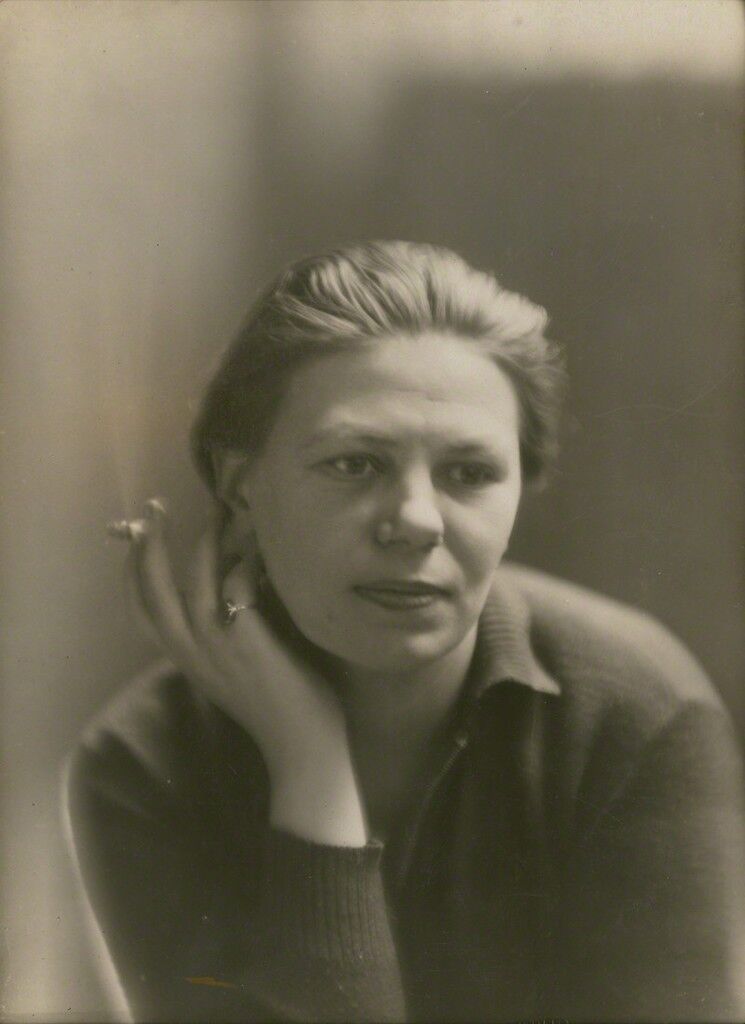

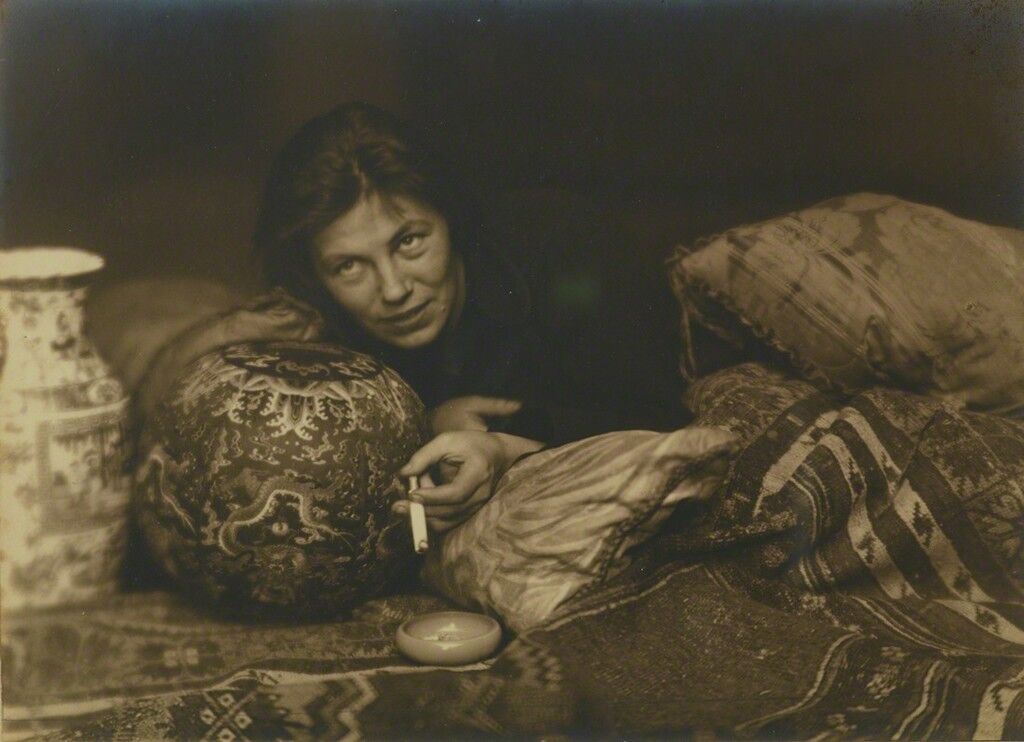

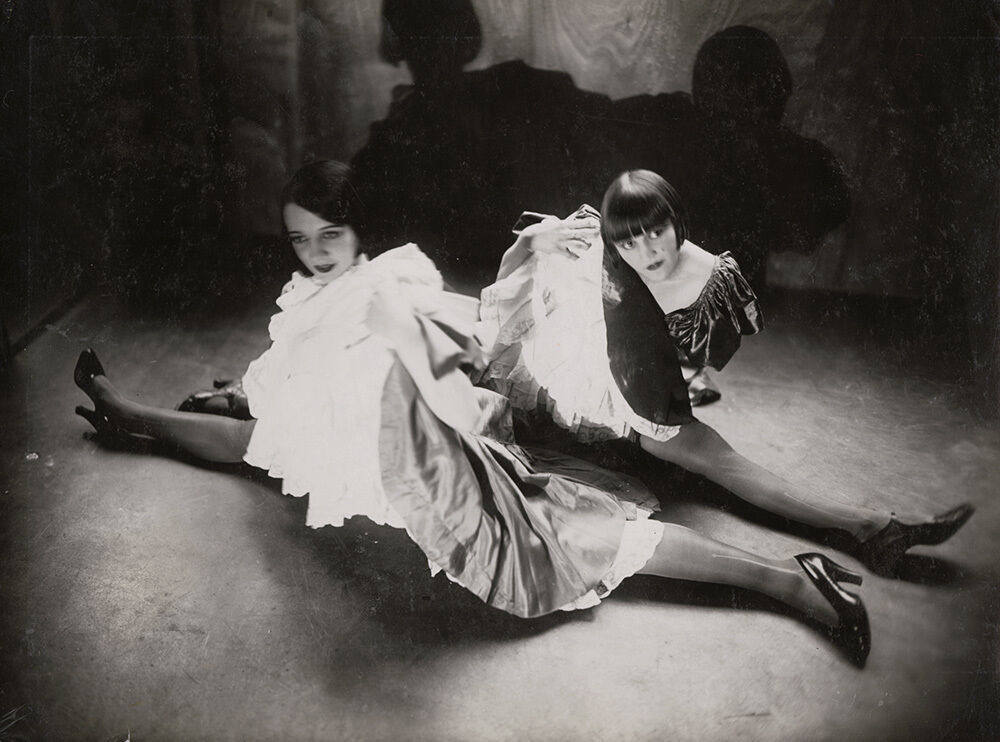
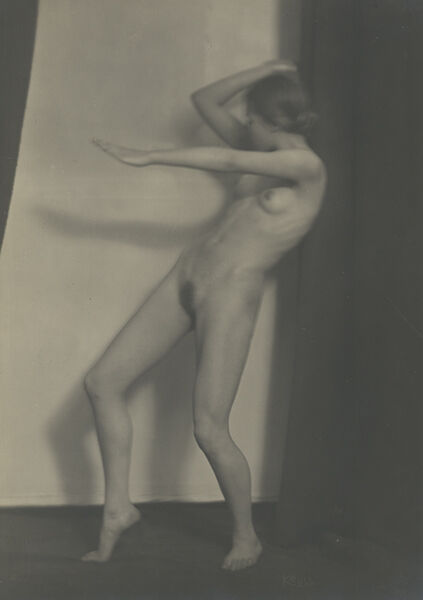
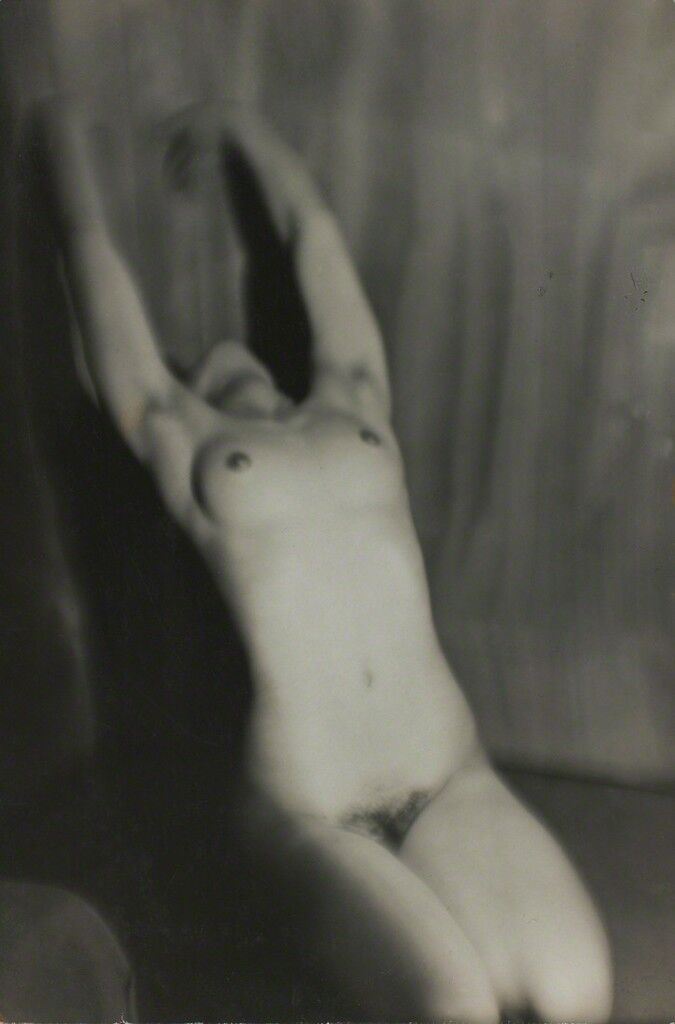
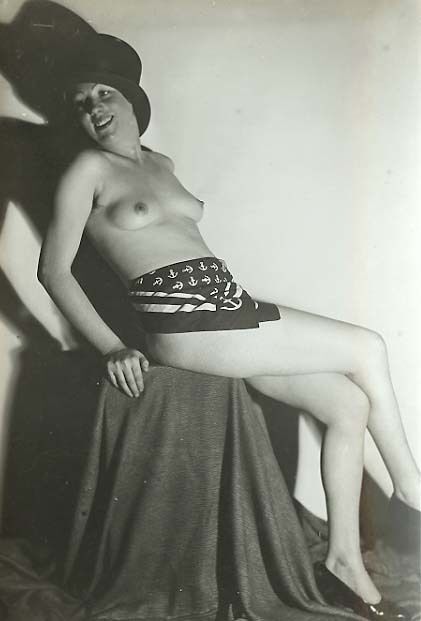
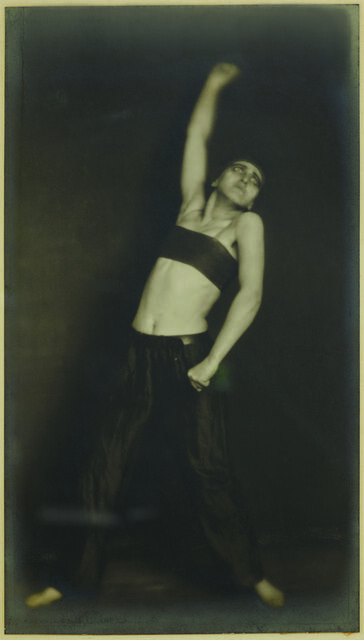
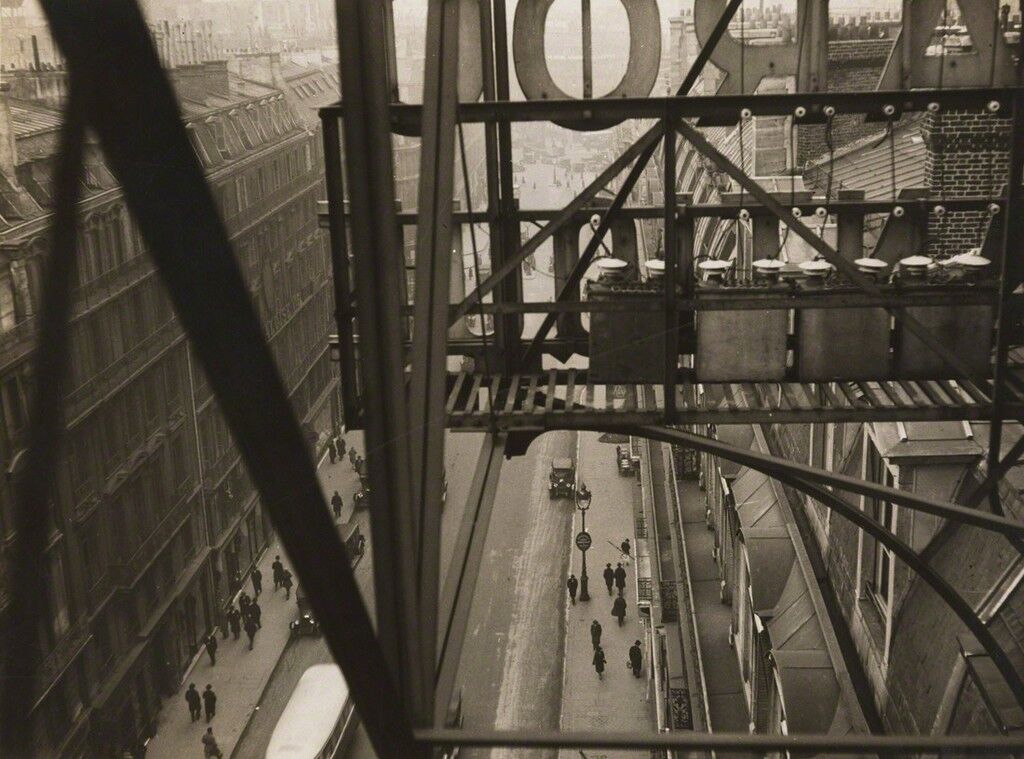
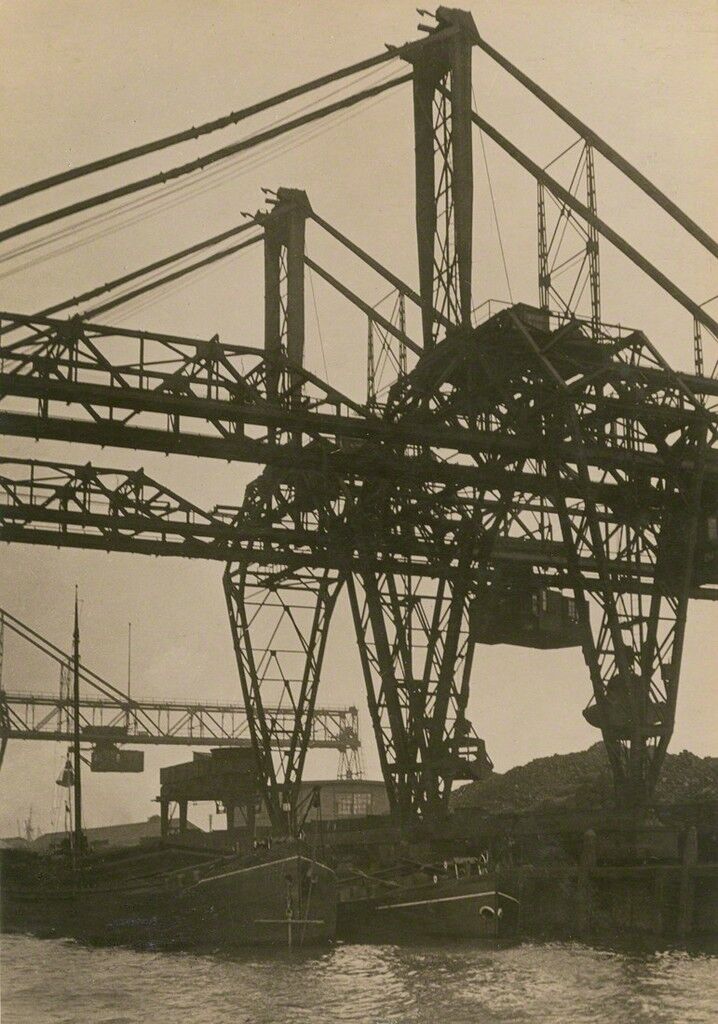

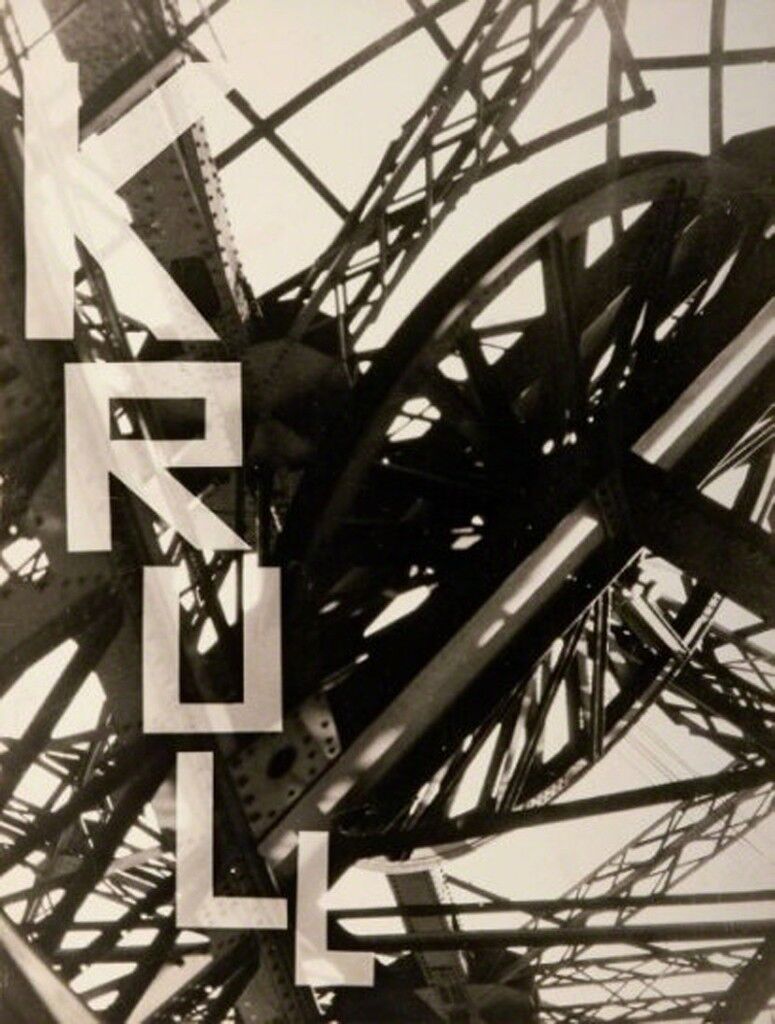
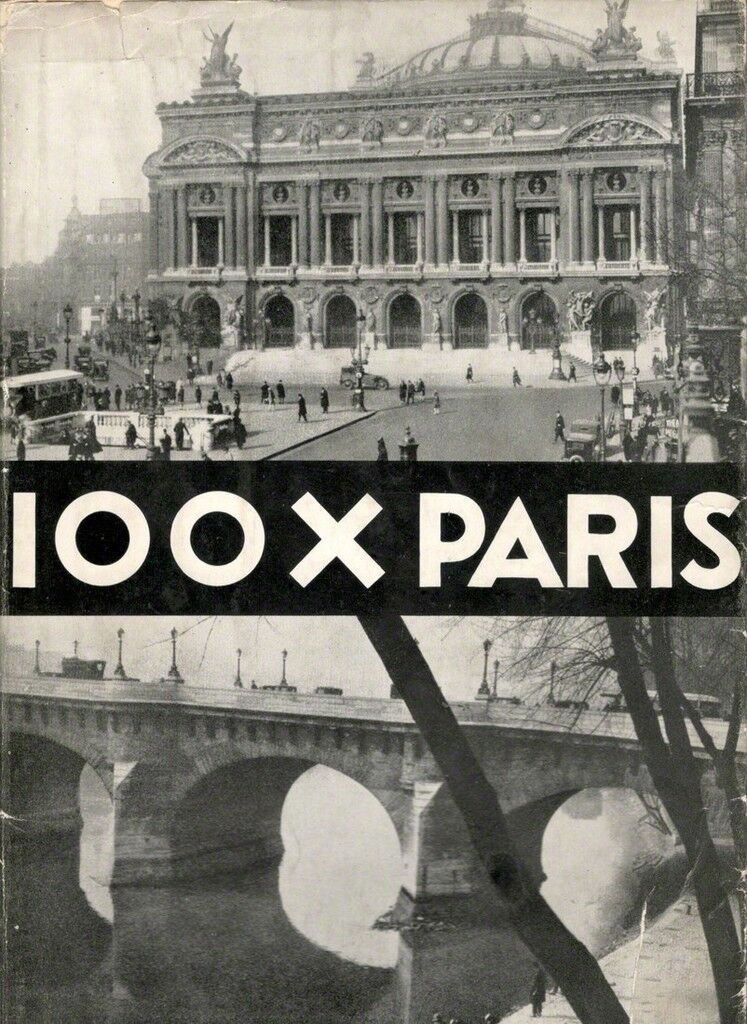
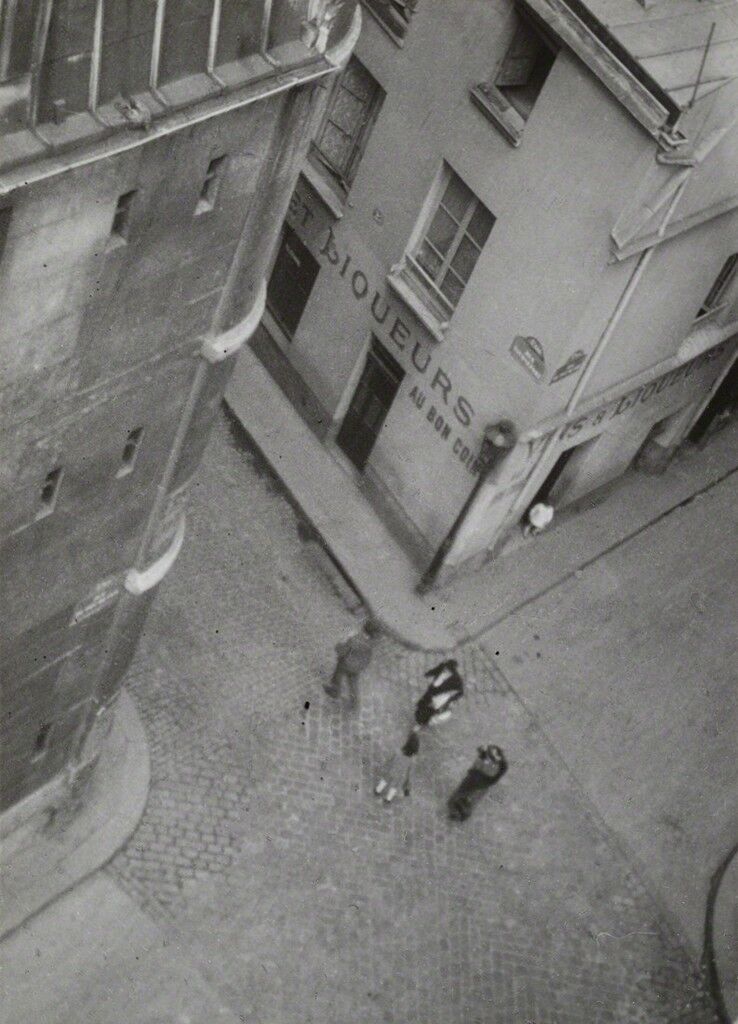
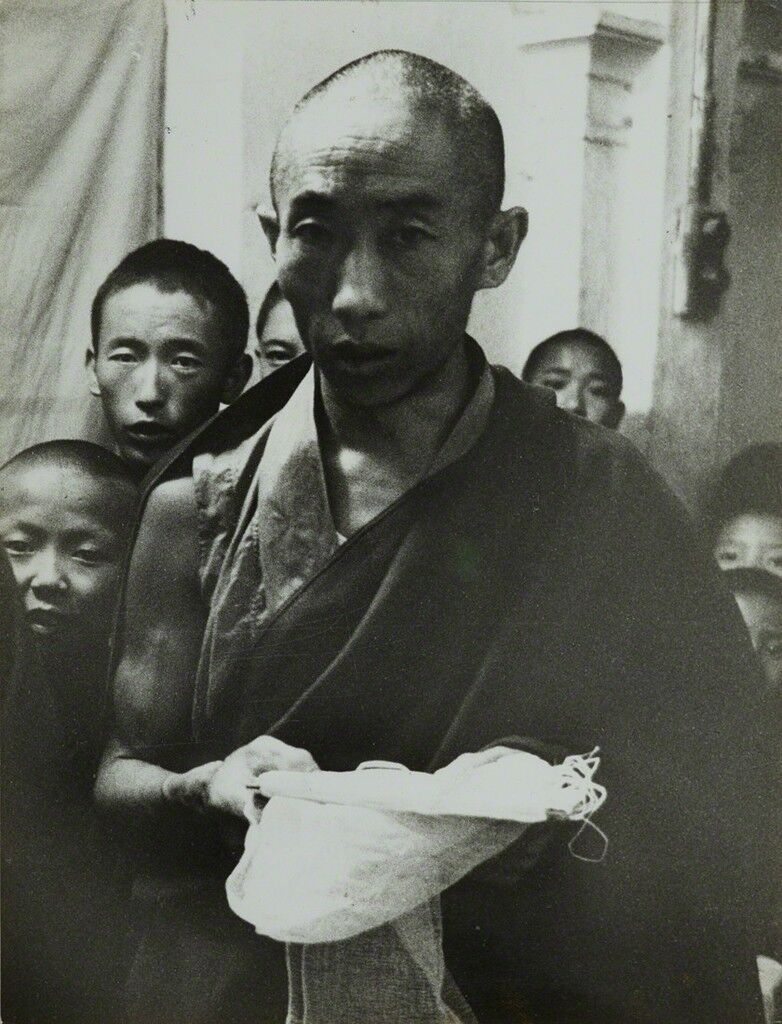


No comments:
Post a Comment